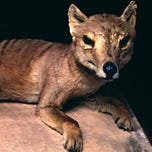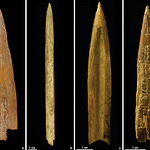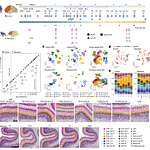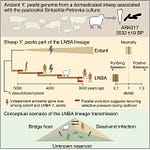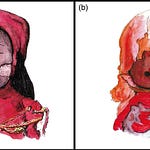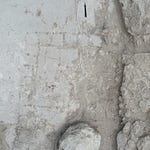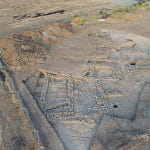Fifty thousand years ago, mammal communities across the planet were structured by nature. Climate zones, mountain ranges, and oceans drew the boundaries of where animals lived and who they lived alongside. A cave in Ice Age Europe might contain the bones of red deer and aurochs, while a South American deposit might preserve giant ground sloths and camelids—each community bearing the clear imprint of geography and climate.
That order did not last. A new study in Biology Letters1 suggests that humans, through hunting, farming, and livestock management, permanently scrambled these natural patterns.
“Over the last 10,000 years or so, humans have overseen the wholesale replacement of native mammal communities with a very limited set of domesticated species,” said John Alroy, a co-author from Macquarie University.


